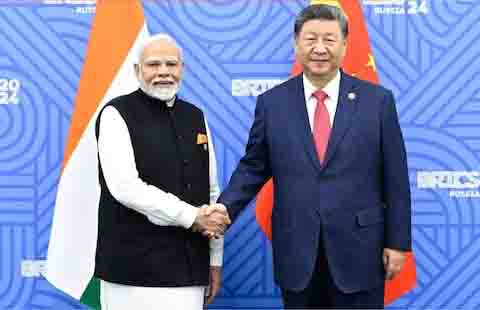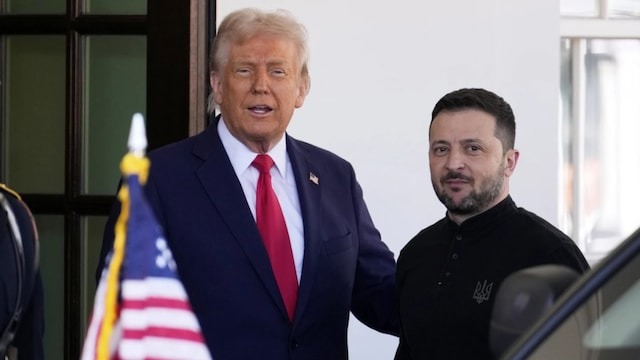
Prime Minister Narendra Modi, who reached Kazan city of Russia for the BRICS summit, and Chinese President Xi Jinping met. When the two leaders met after almost 5 years, there was a long discussion on the issues. But it was just a few days ago when a long period of bitterness took place. Xi Jinping came in front of PM Modi several times, but bilateral talks could not take place. So what happened that paved the way for the two leaders to meet? Actually, behind this is the magic of that 3D formula, which both the countries prepared together.
Whatever happened in the Galwan Valley in June 2020 shattered the relationship between the two countries. The relationship reached its lowest point due to the violent clash between the armies. Talks stopped. But a year ago, when China pulled back a little from the Line of Actual Control (LAC) and contacted India, talks started once again through diplomatic channels. And finally, just before the BRICS Summit, China took its army back to the position it was in before June 2020. This was described as a big victory for India. And from here the way for the meeting of the two leaders seemed to open once again.
So what is this 3D formula?
3D formula means disengagement, de-escalation, and de-induction. According to the report of Carnegie India, these were the three words that could force both the countries to end their bitterness. Both came together, abandoning the path of confrontation.
Disengagement
Manohar Parrikar IDSA New Delhi researcher Deepak Kumar explained the meaning of disengagement. He said, that when we change the declared military policy to withdraw an army. But it does not happen just like that. It happens only when both the parties agree on it. There should be confidence that the enemy will not attack us and thirdly - there should be certainty about his intentions. This is how superpowers take the toughest decisions and avert a major conflict.
De-escalation
According to Carnegie, de-escalation means that the armies of both the countries return to their respective areas away from the place where the dispute is taking place. This is the best way to avoid a conflict. This word has a great meaning in the army. It is very effective in everything from border wars to nuclear wars. It means reducing the tension to a great extent.
De-induction
According to Carnegie India, de-induction means when both countries agree on how many troops and cannon tanks they can keep in which areas. What equipment and how many troops will be removed from the disputed areas? If we understand these words in the case of India and China, then both have done disengagement. That is, both have returned to their previous positions with their entire army and weapons.

 Desk
Desk Share
Share

_939839210.jpg)




